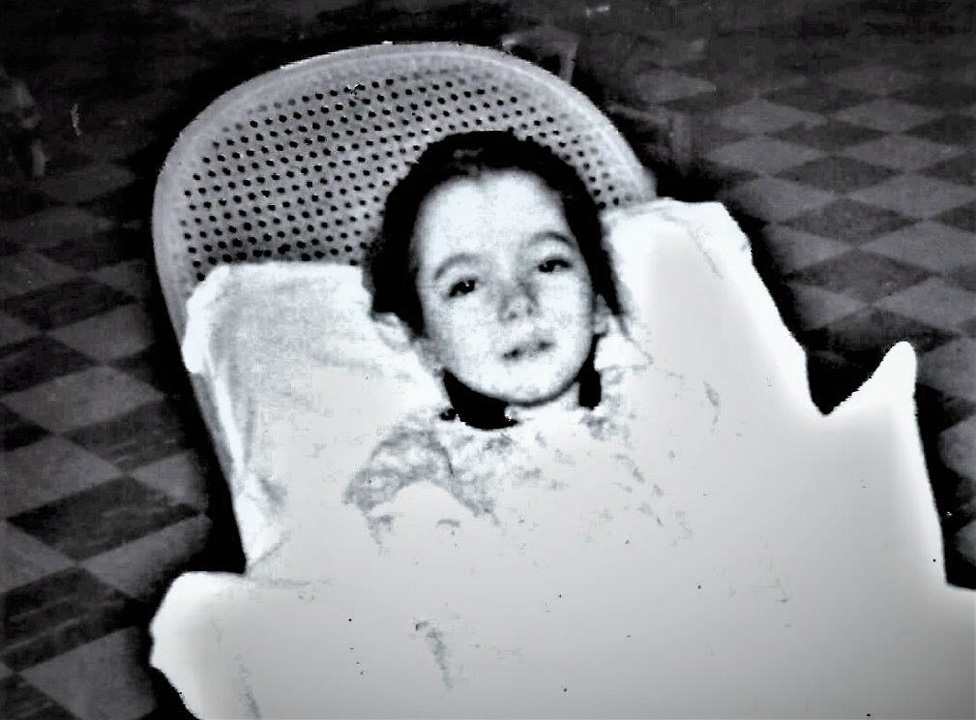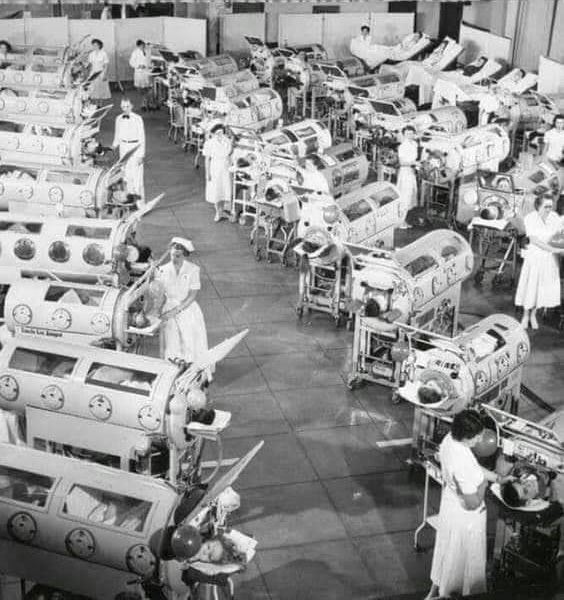About Polio

Child with Polio
In the United States, prior to the development of a vaccine, approximately 20,000 people contracted polio annually in the first half of the 20th century. Many of these cases resulted in disability, paralysis, and death. The national polio epidemic peaked in 1952, with over 52,000 cases. Over 3,000 people died in that year, and many more were afflicted with paralysis.
Jonas Salk, the famous physician who pioneered the polio vaccine, first began clinical trials in 1952. By the spring of 1955, the vaccine proved its efficacy and had full government approval, but it had not been widely distributed yet.
Tragically, the approval of the vaccine coincided with the Rhode Island polio epidemic of 1955, where a cluster of cases spread just as treatment became available. Vaccines are only effective as a preventative measure, and while they provided total immunity to healthy individuals, those who had already contracted polio faced life without a cure.

Iron Lungs
Newspapers from that year are replete with sad stories of patients being slid into iron lungs, pleading with the public to get their vaccinations. Life in an iron lung meant extreme isolation and the cessation of all autonomy.
For the Mulligan family of Made It!, the end of the polio virus coincided with the beginning of Marie’s life of total paralysis.
